If you’ve stared down a shelf of wipers at Repco on a rainy Auckland afternoon, you’ve probably wondered—can you just pop a 17 inch blade onto your car if it usually takes a 16? It seems like a tiny difference, right? But swap just one inch on your wipers and strange things can happen. People have discovered their wipers banging against each other, swiping past the edge of the screen, or missing a big chunk of glass right in the line of sight. That little bit of extra length can mess with your view, and let’s be real—out here where rain seems to come sideways, clear vision is everything.
Why Wiper Blade Size Actually Matters
This all starts with how car makers design windshields and wiper arms. Every vehicle is tested so the wiper tracks cover the most glass possible without slamming into the window rubber, missing corners, or jamming into the other blade. If a car comes standard with a 16 inch wiper, it’s not a random choice. That’s been measured so the arc of the blade fits the windshield shape exactly. Increase by even a centimetre and the tip of the blade can swing too far, possibly even off the glass.
The effect is more noticeable in cars with complex curved windshields—think Mazda 3 or late-model Corollas. That little bit of extra length on a 17 inch blade might poke straight into the blacked-out edge of the glass, or worse, lift up and skip the surface. It’s not unusual to get odd smearing, streaking, or odd noises. You don’t always get more coverage, either—a longer blade can outpace the arc of the wiper arm, so the tip misses contact and leaves a foggy strip behind.
Some folks figure “it’ll be fine, what’s one inch?” That’s the most common move, especially with drivers who buy wipers on price or with only the rough length in mind. Surveys in New Zealand put the wrong-size wiper usage rate as high as 12%. Usually, they’re folks who just guessed or never checked the charts. You’ll see the results—split ends on the blades, gnarly streaks left on the glass, or wipers catching on the A-pillar trim under stress. Stressed motors can even fail, especially on cheaper older cars where the linkage is already tired.
What Actually Happens if You Swap In a 17 Inch Blade?
Let’s say your car manual says 16 inch, but all you have is a 17 sitting in the boot. Will it work? Sometimes, yes. On older utes or vans with big, flat windshields and wide gaps between blades, you can usually get away with it for a while. On hatchbacks, crossovers, or any car where the two front blades nearly meet or sweep in opposite directions, it gets riskier.
The main issues to watch for are:
- The wiper tips might smack into each other, especially if both blades are over length. This can snap off the rubber, bend the arm, and even crack the glass in rare cases.
- The blade can run off the edge of the windshield, leaving unswept or badly cleaned areas—right where you need clear vision.
- The arm might twist or skip over curved sections, which causes chatter, noise, and ugly streaks.
- Extra blade length equals slightly more pressure on the wiper motor and linkage. Over time, this can cause premature wear.
Remember, just because the longer blade "fits" onto the wiper arm doesn’t mean it will clear properly. The problem often shows up fast—usually at the first sign of heavy rain or dew. If a longer wiper trails off the glass or lifts at high speed, you might get caught by surprise at night or during storms, which is when you least want problems.
Checking fit is easier than you think. Take a tape measure, and measure from the attachment point on the arm to the furthest area the blade should reach along its arc. Compare this number to the replacement wiper—if the tip overshoots, or if it gets uncomfortably close to the joint with the other arm, stick to the recommended size. Don’t forget, different cars sometimes have different-sized blades for left and right sides. People sometimes throw two identical blades on ‘because it looks right’, but this can set the whole system off balance.
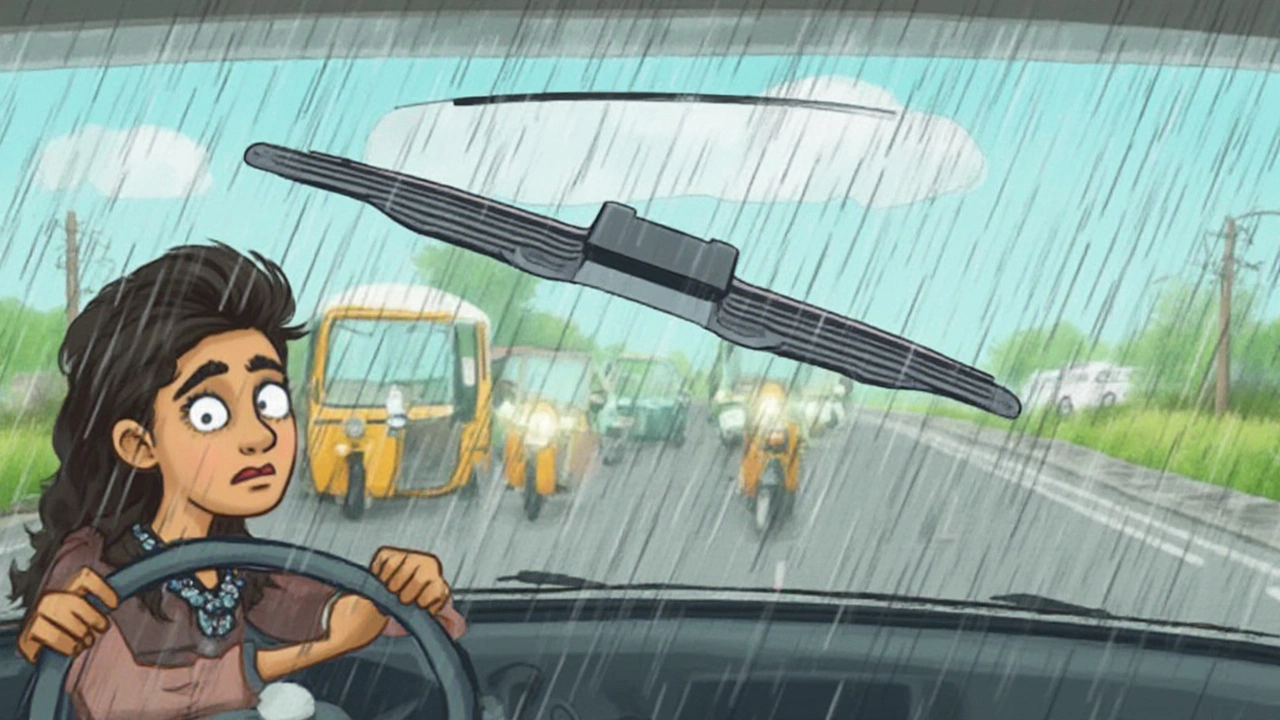
Are There Any Benefits to Upsizing Wiper Blades?
So is there ever a good reason to go a size up? Not really, unless your original blade size was a mistake, or you’ve swapped windshields for a custom shape. The manufacturers choose blade size for coverage and stress on the mechanism, not looks. Sometimes people upgrade to “aero” or “beam” type blades thinking bigger is always better, but it doesn’t hold true for length.
The main things you might gain:
- Slightly better coverage at the outside edge (but only if the curve fits your glass perfectly, which is unlikely).
- Filling in just a tiny bit more vertical area, which some drivers want to clear off the side for street signs or highway markers.
But you’ll almost definitely lose out with extra streaking, more missed spots, and possibly even accelerated blade wear—especially at the ends where bending is greatest. Have a look at some real-world tests done by car enthusiast forums: upsizing one inch rarely clears more than 3-6% more glass, and can leave as much as 25% of the tip unswept if the wiper isn’t matched to the windshield curve.
The only real workaround? If you want more coverage, look for a different style of blade rather than a longer one. Some advanced blades (like Bosch ICON or Valeo 900 series) match the curve of the windshield more closely. These can sometimes deliver visibly better wiping performance even at the same length. And if you ever do try a longer blade and it works perfectly—cool. But don’t assume that luck will hold when winter hits or you get stuck in heavy Auckland rain.
How to Pick the Right Size Every Time
Here’s where so many folks trip up. You walk into Supercheap or a local parts shop, and you’re staring down racks of blades that look almost identical. Most modern wiper sets come with a sizing chart right on the rack. Sometimes there’s a computer terminal so you punch in your car’s make and model. Shops in New Zealand even have printed guides for the most common cars, utes, and vans. Use them. They work.
If you’re buying online, check the specs—the listing should tell you the recommended length for each side. For example, a 2021 Toyota Hilux might take a 24 inch driver side and 18 inch passenger, but a 2017 Mazda 3 hatch usually wants a 26 and a 16. If you’re ever in doubt, look at your car’s manual, or check the old blade you’re replacing. Usually, the size is moulded or printed somewhere on the rubber or the spine.
- Measure twice if you’re not sure—don’t just line up the old and new blades and guess.
- If your car has odd mounting hardware (some Hondas and Mazdas do), make sure the adaptor kit matches.
- Change both blades at the same time, since mismatched lengths or styles can leave gaps and chatter.
- If you’re ever truly desperate (caught in a downpour in the high country with nothing but a longer blade on hand), use it as a last resort, but be extra careful—check for snags or missed spots.
Here’s a quick sample table of popular cars and their recommended front wiper sizes in NZ for reference. If your model isn’t listed, check the vehicle guide:
| Model | Year Range | Driver Side (in) | Passenger Side (in) |
|---|---|---|---|
| Toyota Corolla | 2015-2022 | 26 | 16 |
| Mazda 3 | 2014-2022 | 24 | 16 |
| Ford Ranger | 2015-2022 | 22 | 20 |
| Holden Commodore | 2013-2017 | 24 | 18 |
| Honda Jazz | 2009-2013 | 28 | 14 |
So there’s no “one size fits all”—each car’s glass and arm geometry decides what will actually give the cleanest sweep.

Tips for Getting the Most From Your Windshield Wipers
Grab the right size, and you’re already halfway to safe driving in the wet, but there’s more to it than just length. The rubber makes a difference; high-quality silicone or coated blades last longer and resist tearing, especially in harsh sun or cold snaps. Change blades at least once a year, or sooner if you see streaks, noise, or visible splits.
Keep your windshield clean. Tiny particles in dust or grit act like sandpaper, scraping both the blades and the glass. Give it a regular wash with proper glass cleaner, not just a dry wipe. If tree sap or bird droppings bake onto the screen (cheers Auckland’s pohutukawa trees), clean it off with water and a soft cloth before running your wipers.
Don’t forget the wiper arms, either. These can gently bend over time, especially if lifted for parking under trees or during frosty mornings. If your new blade isn’t touching the glass evenly, check the arm alignment. Lightly bend it back into shape, or swap it out if it’s rusted or loose.
If you hear chatter or squeaking, don’t just crank up the washer fluid. Lift the blade and check it—sometimes a tiny bit of debris gets stuck in the rubber. Run your finger along the edge and gently wipe it down. Or, take a tip from old-school mechanics—rub the blade edge with a little rubbing alcohol to get things running smoothly again.
Winter is brutal on wipers. Freezing rain, hail, and road grit can rip chunks out of blades overnight. If you park outside, consider flipping up the wipers before a cold snap, then gently lower before driving. Never use your wipers to clear thick ice—it’ll destroy the edge, and sometimes even the arm if the motor strains. Instead, use a plastic scraper or let the heater do the job.
And hey, don’t cheap out. The difference between bargain-bin wipers and premium blades isn’t always massive on day one, but after a few months of sun, salt spray, and road muck, you’ll see the quality brands holding up way better.
Keep an eye on both blade lengths every time you swap them—don’t get tempted by ‘one size up’ just for the sake of it. Matching the size to the maker’s recommendation keeps your view sharp, your wipers quiet, and your car ready for whatever this wild Kiwi weather throws at you.
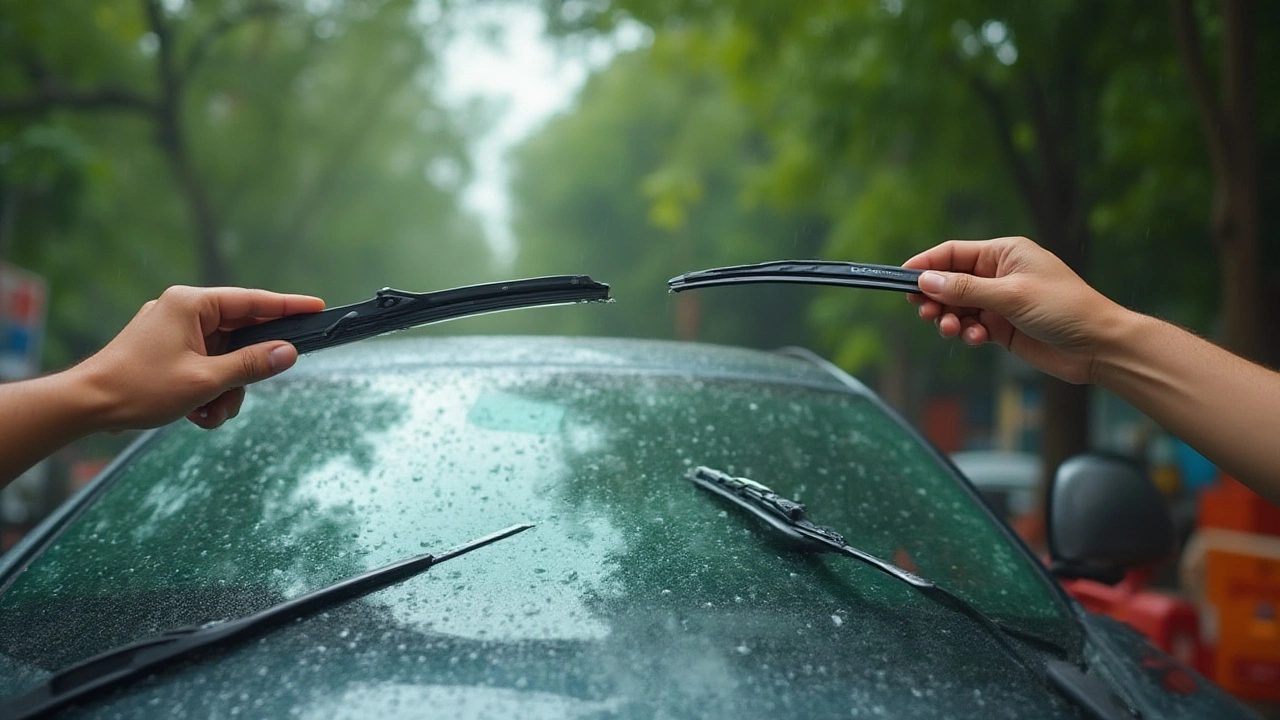
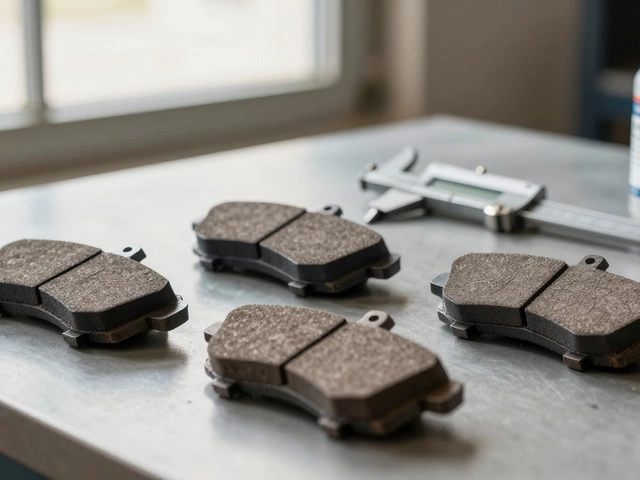
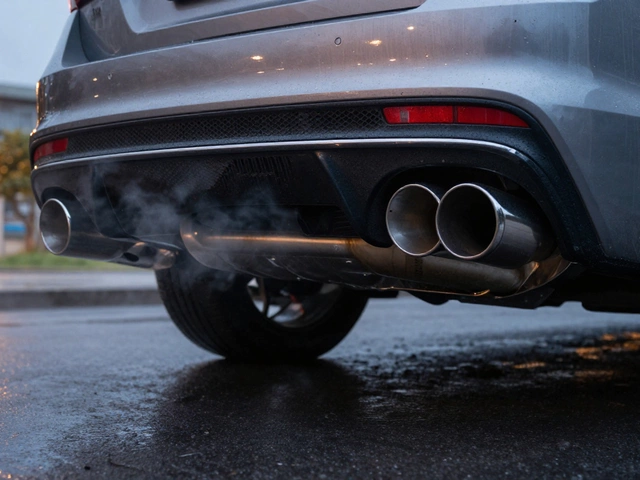
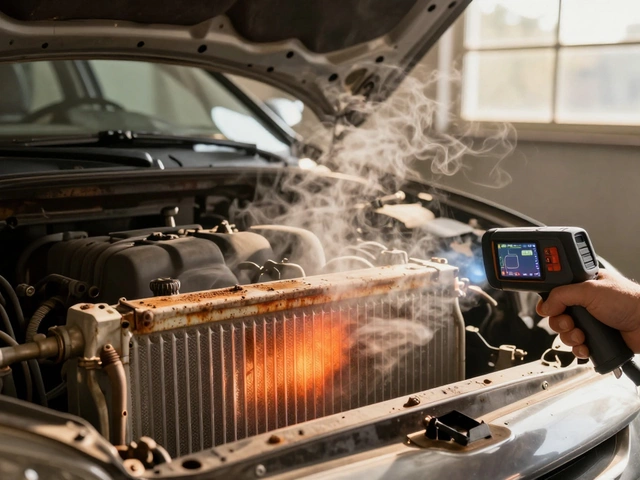
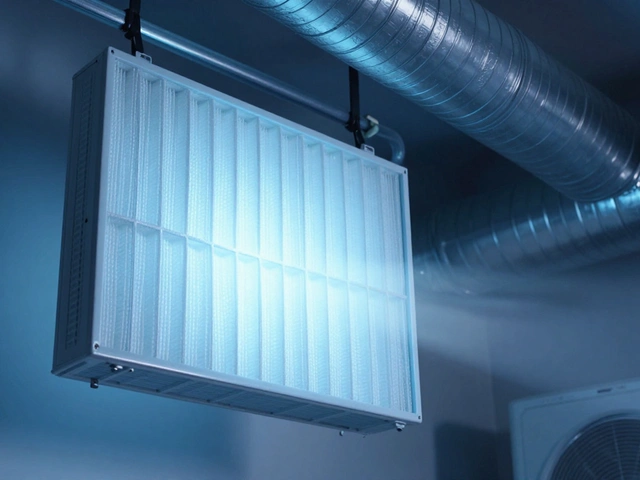






Write a comment